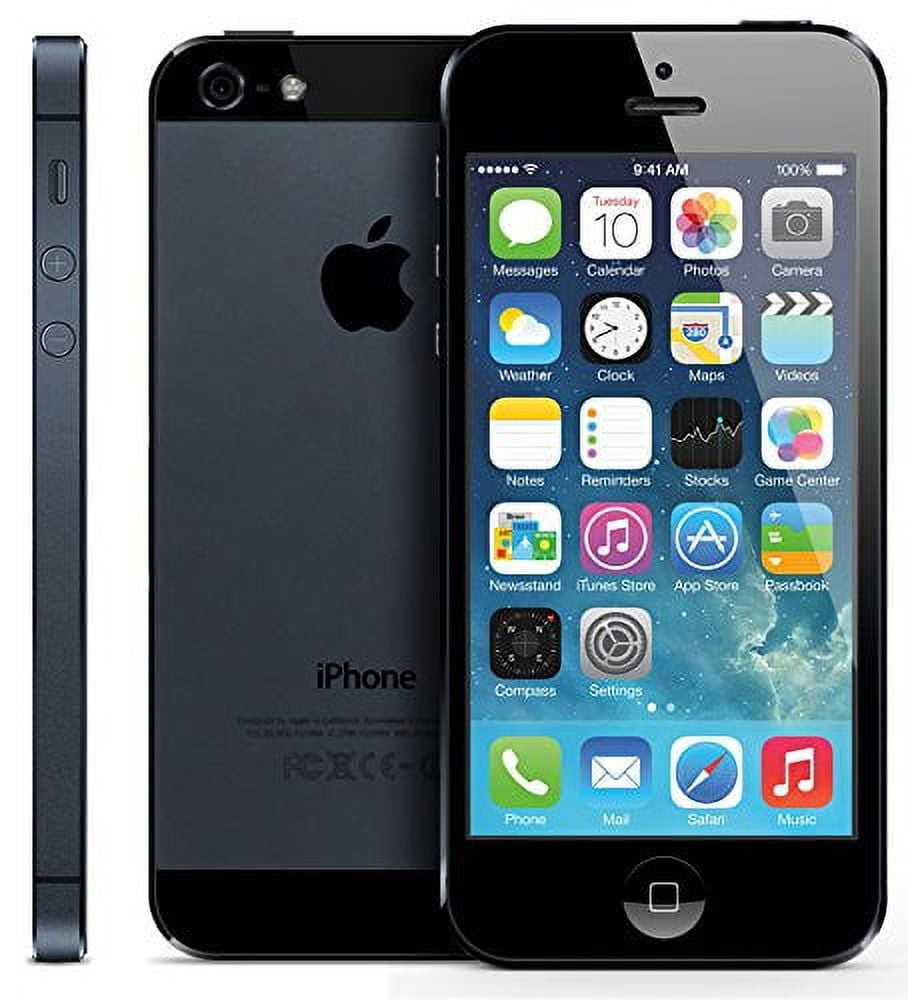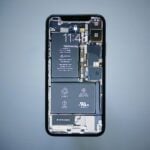Pop-up blockers help keep your browsing experience smooth by preventing unwanted windows. For iPhone users, adjusting these settings in Safari can be very useful. Disabling or enabling the pop-up blocker is straightforward and can be done through the Settings app.
Navigate to “Settings,” then scroll down and tap “Safari.” You’ll find the “Block Pop-ups” option, which you can toggle to allow or block pop-ups as needed. This helps users manage their browsing experience and access certain web content that relies on pop-ups.
Adjusting the pop-up blocker on your iPhone can improve your browsing experience. Whether you need to access pop-ups for specific websites or prefer a clutter-free screen, managing this setting puts you in control.
Enable Built-in Pop-Up Blocking in Safari
Apple’s Safari browser comes with a built-in pop-up blocker that works quietly in the background. Here’s how to make sure it’s turned on:
- Open the Settings app on your iPhone.
- Scroll down and tap Safari.
- Under the General section, toggle Block Pop-ups to the ON position (green).
That’s it — Safari will now stop most pop-up windows from appearing while you browse.
Note: This setting doesn’t block all types of pop-ups — especially ones that are triggered by website buttons or links. For more aggressive blocking, you’ll want to pair it with a content blocker.
Use a Content Blocker for Extra Protection
For more control, you can install a third-party content blocker app that works alongside Safari to filter pop-ups, trackers, and ads. These apps often come with custom filters and better detection.
How to Set Up a Content Blocker:
- Download a content blocker app from the App Store (some popular ones include 1Blocker, AdGuard, and Wipr).
- Open Settings > Safari > Extensions (or Content Blockers).
- Toggle the switch next to the blocker you installed to enable it.
| App Name | Free Version | Premium Features | Notable Strengths |
|---|---|---|---|
| 1Blocker | Yes | Advanced filters | Custom rule creation |
| AdGuard | Yes | Tracking protection, DNS filtering | Cross-app blocking |
| Wipr | No (Paid) | All-in-one | Simple and automatic |
Stop Pop-Ups in Other Browsers
If you use other browsers like Chrome or Firefox on your iPhone, they have their own pop-up settings.
Google Chrome:
- Open Chrome > Tap the three dots (bottom right).
- Go to Settings > Content Settings > Block Pop-ups.
- Make sure it’s enabled.
Firefox:
- Tap the menu icon > Settings.
- Scroll down and toggle on Block Pop-up Windows.
Block Pop-Ups in In-App Browsers
Many apps, like Facebook or Reddit, open web links inside their own built-in browsers — which don’t always honor Safari’s pop-up blocking. Unfortunately, these in-app browsers don’t allow much customization.
To avoid pop-ups in these environments:
- Copy and paste the link into Safari or Chrome instead.
- Or tap the browser icon (usually a Safari or share icon) to “Open in Browser” when viewing a link.
Keep Your iOS Updated
Apple frequently improves security and web filtering with iOS updates. If you’re using an older version of iOS, the built-in pop-up blocking may not be as effective.
To check for updates:
- Go to Settings > General > Software Update.
- Tap Download and Install if an update is available.
Tips for Identifying Malicious Pop-Ups
Not all pop-ups are created equal. Some are just annoying ads, while others can try to trick you into downloading fake apps or giving away personal information.
Watch for signs like:
- Pop-ups claiming your iPhone is “infected”
- Messages that mimic Apple system alerts but don’t come from Apple
- Requests to install unfamiliar profiles or apps
If a pop-up looks suspicious, don’t tap on it. Close the page or exit the browser entirely using the App Switcher.
Key Takeaways
- Pop-up blockers prevent unwanted windows for a smoother browsing experience.
- Disable or enable the pop-up blocker through the Settings app.
- Managing the pop-up blocker helps control access to web content.
Understanding Pop-Up Blockers on the iPhone
Pop-up blockers help control unexpected windows appearing while browsing. They can be enabled or disabled based on user needs.
The Function of Pop-Up Blockers
Pop-up blockers on the iPhone prevent unwanted windows from opening when using web browsers like Safari. These blockers help reduce intrusive ads and can decrease the risk of malicious software. Pop-ups are blocked by default in Safari. This setting keeps browsing smoother and safer. Blocking pop-ups also improves load times for some websites. Some sites might need pop-ups enabled to function properly, so it’s important to control the settings as needed.
Enabling and Disabling Pop-Up Blocking in Safari
To manage pop-up blocking in Safari, open the Settings app on the iPhone. Scroll down and tap Safari. Inside the Safari settings, look for the option Block Pop-ups. Use the toggle switch to enable or disable this feature. If the switch has green shading, pop-ups are blocked. This easy method allows for quick adjustments to suit browsing needs. Safari’s settings are located within the main Settings app, making them easy to find and change.
Adjusting Pop-Up Settings for Other Browsers
Besides Safari, the iPhone supports other browsers such as Chrome and Firefox. Managing pop-up settings on these browsers varies slightly. In Chrome, access settings by tapping the three dots at the bottom of the window. Then go to Content Settings and choose Block Pop-ups. In Firefox, tap the menu button and select Settings. Look for Privacy & Security options to adjust pop-up settings. Each browser’s process is straightforward, ensuring you can control pop-ups across different platforms easily.







